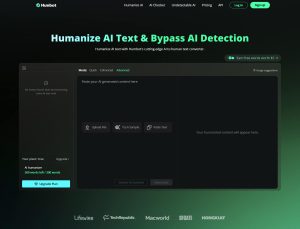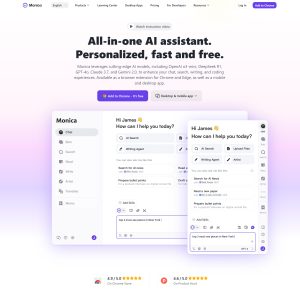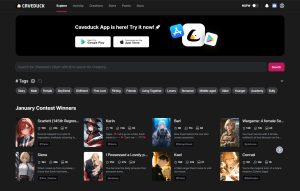On March 25, 2025, OpenAI announced a major update that allows GPT-4o to create and edit images directly in ChatGPT. During a livestream led by CEO Sam Altman, the company showcased how the new image generation capability works alongside text generation. This update means users can now generate pictures, modify photos, and even mix text with images—all within one conversation.
What’s New in GPT-4o
GPT-4o, already known for its advanced text understanding, now supports image creation built into ChatGPT and Sora, OpenAI’s video-generation service. The update lets users:
- Create detailed images based on text prompts.
- Edit existing images by adjusting parts of them.
- Produce images that include precise text elements.
For example, a user might upload a picture and ask the system to change details like background objects or text within the image. The AI will then generate a new version that follows the conversation context.
Rollout and Availability
At first, the new feature is available to subscribers on OpenAI’s $200-a-month Pro plan. However, OpenAI plans to offer it soon to Plus and free users as well. Developers will also have access via the API in the coming weeks. This progression follows in the footsteps of similar moves by competitors—Google recently introduced native image generation for its Gemini model.
Improved Capabilities and Use Cases
The improved system, described on OpenAI’s announcement page, can handle detailed requests with accurate text rendering. This means that the AI can now produce clear and readable text within images—a common challenge for earlier models like DALL-E 3.
Key details include:
- The ability to create images with up to 20 separate objects.
- The support for editing photos of people while maintaining a natural appearance.
- Persistent style adjustments, which help keep visual outputs consistent across multiple edits.
The new image feature is geared toward practical uses such as content creation, marketing, and design. For instance, marketers can use GPT-4o to generate unique visuals on the fly, complete with context-based updates, ensuring that images remain consistent during several rounds of edits.
Data Sources and Artist Rights
OpenAI has trained GPT-4o on data from public sources and partnerships, including companies like Shutterstock. The company also offers an opt-out form for creators who do not wish to have their works included, and it respects requests to block its web-scraping bots from using images. This effort is part of OpenAI’s ongoing commitment to respect the rights of artists and content creators. Additional details on data usage are explained in their official announcement on OpenAI’s website.
Limitations to Note
As with any new technology, GPT-4o’s image generation does have some limitations. The system may sometimes crop images unexpectedly, have trouble with non-Latin text, or create errors when multiple requests are made in one conversation. OpenAI acknowledges these issues and has promised to work on improvements in future updates. More insight into these challenges appears in reports by PYMNTS.
Impact on the AI and Content Creation Field
The update marks a shift from using AI for text alone to a more integrated approach where users can have a mixed experience of text and visuals in real-time. This change adds a practical tool for professionals who rely on visuals to communicate ideas and concepts quickly.
With features like text rendering in images and natural language-based editing, GPT-4o is set to play a larger role in daily tasks, design, and storytelling. This takes AI-generated content a step further from being a mere novelty to a tool with real-world applications.
Looking Ahead
The introduction of native image generation in GPT-4o reflects a growing trend in AI of combining multiple forms of media. OpenAI’s update is expected to influence how digital content is created and shared. As technology continues to improve, users can look forward to more accurate, detailed, and context-aware visual outputs—all through simple conversation with an AI.




